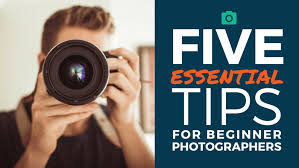5 Indoor Staging Tips Every Beginner Photographer Should Know
In indoor photography, set design is one of the key factors that determine the overall quality of a shot. For beginner photographers, mastering a few practical set-up techniques can greatly enhance the depth of the image and make the subject stand out. Here are five indoor staging tips perfect for newcomers.
1. Make the Most of Natural Light
Place your subject near a window to take advantage of soft, natural light. Use sheer curtains to diffuse the light for a more even effect. For instance, some collectors use an anime sex doll as a photography model, capturing warm, dreamy shots under gentle sunlight.

2. Keep the Background Simple
A messy background can distract from the subject. Use a plain wall, minimal furniture, or a solid-colored backdrop to keep the focus on the main object. For small-scale shoots, you can quickly set up a background with fabric or a piece of cardboard.
3. Use Props Wisely
Props can add storytelling elements to your photos—books, vases, or coffee cups are great examples. The key is to let props complement rather than overpower the subject.
4. Create Depth with Layers
Incorporating a foreground, middle ground, and background can give your photo a sense of space. Keep the foreground slightly out of focus, highlight the subject in the middle, and soften the background with shallow depth of field. When photographing a japanese sex doll, this layering technique often results in images that have both depth and rich details.
5. Pay Attention to Color Harmony
Colors directly affect the mood of a photo. Cool tones work well for calm, artistic vibes, while warm tones are better for cozy and romantic scenes. You can adjust the mood by adding colorful pillows, flowers, or backdrop fabrics.
By applying these five staging techniques, even beginner photographers can create high-quality indoor shots. With practice and experimentation, you’ll realize that staging isn’t just about building a background—it’s about creating emotion and telling a story.

